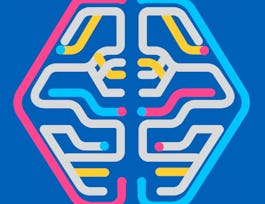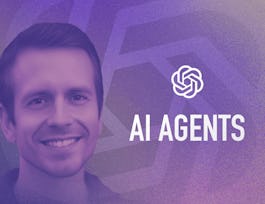Algorithms increasingly help make high-stakes decisions in healthcare, criminal justice, hiring, and other important areas. This makes it essential that these algorithms be fair, but recent years have shown the many ways algorithms can have biases by age, gender, nationality, race, and other attributes. This course will teach you ten practical principles for designing fair algorithms. It will emphasize real-world relevance via concrete takeaways from case studies of modern algorithms, including those in criminal justice, healthcare, and large language models like ChatGPT. You will come away with an understanding of the basic rules to follow when trying to design fair algorithms, and assess algorithms for fairness.



Recommended experience
What you'll learn
Understand widely used definitions of fairness and bias
Master principles to follow when training models
Design a healthcare algorithm
Reason about challenging algorithmic fairness dilemmas
Details to know

Add to your LinkedIn profile
17 assignments
See how employees at top companies are mastering in-demand skills


Earn a career certificate
Add this credential to your LinkedIn profile, resume, or CV
Share it on social media and in your performance review

There are 4 modules in this course
In this module, you'll learn the basic concepts this course relies on: what an algorithm is, and why fairness is tricky and subtle to define. We'll start by defining what a predictive algorithm even is, because this course is designed to be accessible to students who have never taken a computer science class. (If you have taken a previous class on predictive algorithms or machine learning, feel free to skip this section.) Then we'll jump right into fairness. This course will present ten practical fairness lessons, and in this module we'll discuss two of them. We'll also give a sneak preview of how the lessons of this course apply to generative AI models like ChatGPT.
What's included
12 videos2 readings4 assignments
This module will cover fundamental lessons for designing fair algorithms: what data they should be trained on, what features they should use to predict, and what outcomes they should predict.
What's included
6 videos4 readings5 assignments
This module discusses the importance of documenting algorithms and datasets so they are used only in settings where they are appropriate.
What's included
5 videos2 readings3 assignments
This module discusses the complex interplay between algorithmic predictions and human decisions.
What's included
6 videos3 readings5 assignments
Offered by
Why people choose Coursera for their career




Recommended if you're interested in Computer Science

Università di Napoli Federico II

Google Cloud

Scrimba

Open new doors with Coursera Plus
Unlimited access to 10,000+ world-class courses, hands-on projects, and job-ready certificate programs - all included in your subscription
Advance your career with an online degree
Earn a degree from world-class universities - 100% online
Join over 3,400 global companies that choose Coursera for Business
Upskill your employees to excel in the digital economy





